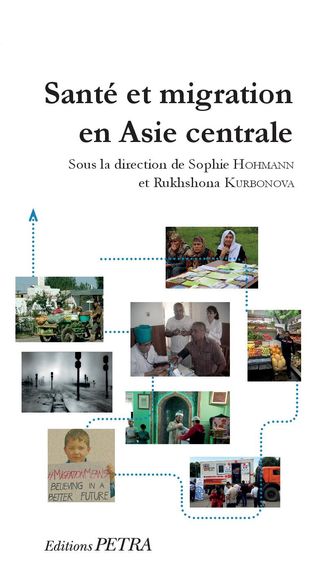?
Santé et migration en Asie centrale
Plus d'un quart de siècle après la fin de l'URSS, la libéralisation des prix en Russie et l'adoption de différents modèles pour les républiques d'Asie centrale ont des répercussions majeures sur le bilan de ces pays. La perte brutale des acquis socio-économiques au sein d'une population encore largement marquée par un mode de fonctionnement soviétique a vulnérabilisé des pans entiers de ces sociétés, exacerbant les inégalités. La reconfiguration des mobilités (exil, déplacements forcés, migrations économiques et environnementales) implique un jeu d'échelles nouveau qui nécessite de s'intéresser aux conditions d'origine des migrants, aux stratégies migratoires et à la recomposition de sociétés d'origine. Ces derniers sont en effet dépendants des contextes, politique et économique notamment, du pays d'accueil : la Russie. Ils sont également liés par différentes formes d'allégeance aux réseaux et aux systèmes de loyauté. Dans ces sociétés post-soviétiques, l'assurance de la survie de la communauté, de la famille, de la parentèle est à rechercher dans le retissage de normes et de réseaux encastrés qui ont préexisté à la fin de l'URSS et se sont remodelés face à de nouvelles contingences. Mais la circulation des migrants les expose à des risques sanitaires et épidémiologiques. Les enjeux de l'accès aux soins se posent de manière aiguë. Les politiques préventives concernant notamment l'infection par VIH/SIDA, les hépatites, la tuberculose sont confrontées à une disqualification du système de santé publique et s'accompagnent de situations très anxiogènes lors des migrations pour de nombreux ressortissants d'Asie centrale. Les vulnérabilités sont donc multidimensionnelles et les représentations du corps et de la maladie jouent un rôle non négligeable dans les mentalités. Aussi la santé des migrants représente-t-elle un enjeu majeur dans les républiques post-soviétiques mais aussi universel dans le monde globalisé qui les façonne.
